Who’s Learning What with Transparent Language? Posted by Transparent Language on Jun 1, 2016 in Company News
Over the last 12 months*, hundreds of thousands of people dove head first into language learning with Transparent Language. Whether they were learning in classrooms at their school or university, at their local public library, or in the comfort of their own homes around the world, their location didn’t stop them from pursuing a personal or professional goal. As a team of language experts, we’re always researching – which is why we were eager to take a look at the data to find what, why, and where they’re learning.
What are they learning?
Learners logged more than one million sessions in an astounding 204 language pairs. Spanish, French, English, German, and Russian rounded out the top 5 languages, the first 3 of which accounted for more than 50% of all learning sessions. When we broke it down by region, the most learned languages were those spoken in Europe, Latin America, and Asia.
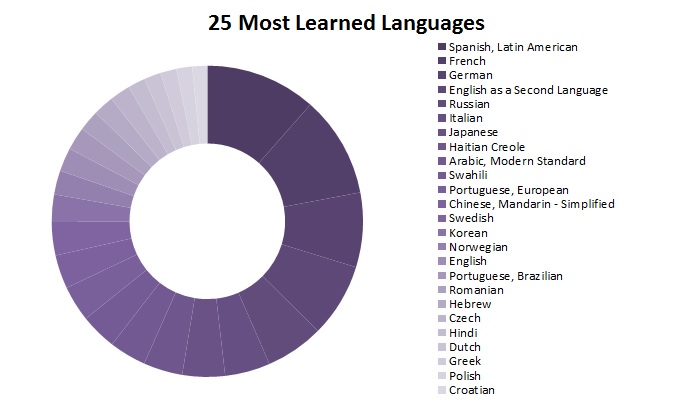
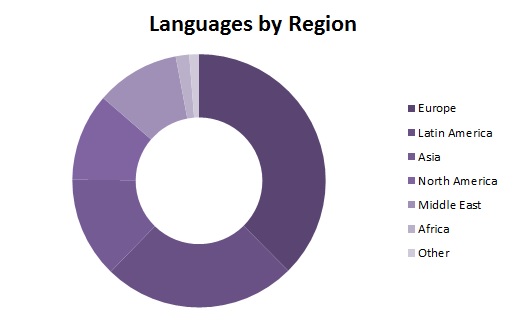
English was in the top 3 most-learned languages among individuals, at libraries, in corporate organizations, and in classrooms. English was studied by native speakers of 27 different languages, the most popular of which were Spanish, Arabic, Russian, and Turkish.
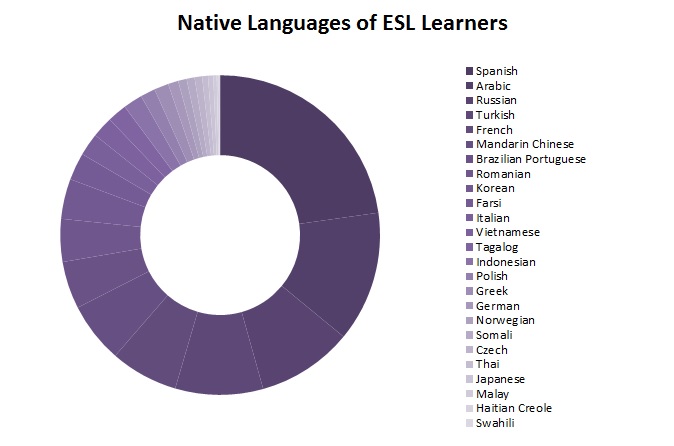
Although not as widely used, 9 Native American languages make our list of important languages learned this year. Thanks to the 7000 Languages Project, we donate our tech to language experts looking to promote and preserve under-resourced languages like these.
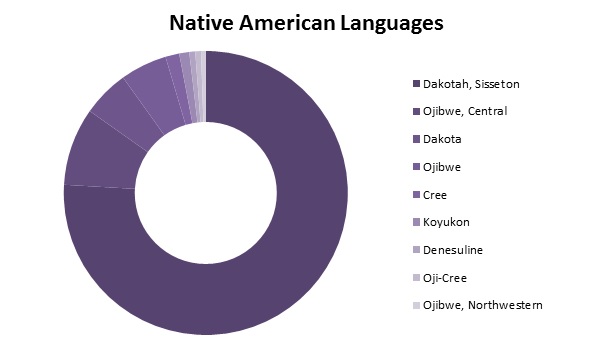
With all of the languages listed in the charts above, you might be surprised to hear that those languages don’t even cover the tip of the iceberg in terms of the languages available in Transparent Language Online. Our program covers over 105 languages for English speakers, as well as ESL for speakers of 27 different languages (which users were taking full advantage of, as noted above). With all of these languages available, our surveyed users indicated that was one of the reasons they chose Transparent Language– because it offered languages they couldn’t find anywhere else.
Why are they learning?
Interestingly, nearly half of surveyed learners indicated that they are learning for their own personal interest. But, that doesn’t mean they’re not taking it seriously—more than 70% of surveyed users consider themselves serious about learning a language and want to be able to communicate efficiently in many subjects, obtain advanced skills and vocabulary, and eventually being considered fluent.
Less than 7% indicated they were just learning casually. This makes sense given their motivational reasons, including travel, education, career advancement, and heritage – just to name a few.
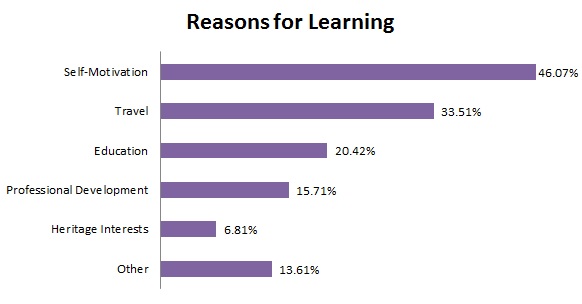
The biggest challenges for surveyed learners have little to do with language, like difficult grammar or a new alphabet (though those factor in for many learners, too). The three biggest challenges involved finding someone with whom to practice speaking, remembering what they’ve learned, and finding enough time to dedicate to learning.
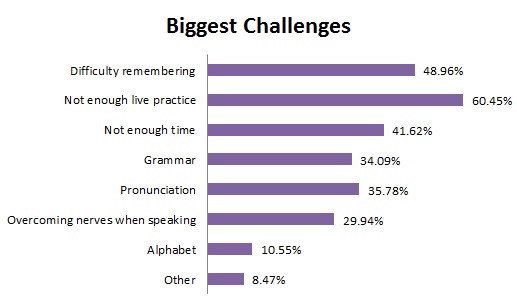
Where are they learning?
Nearly 40% of learners accessed Transparent Language from outside the United States. After the U.S., the countries with the most learners were the United Kingdom, Panama, Norway, Australia, and Canada.
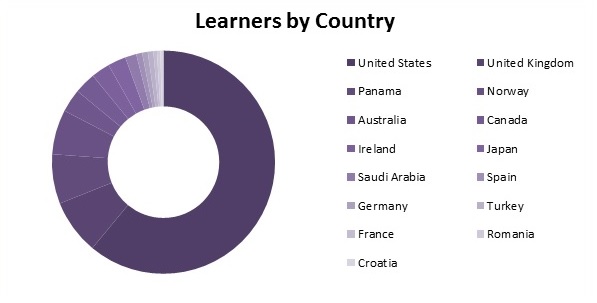
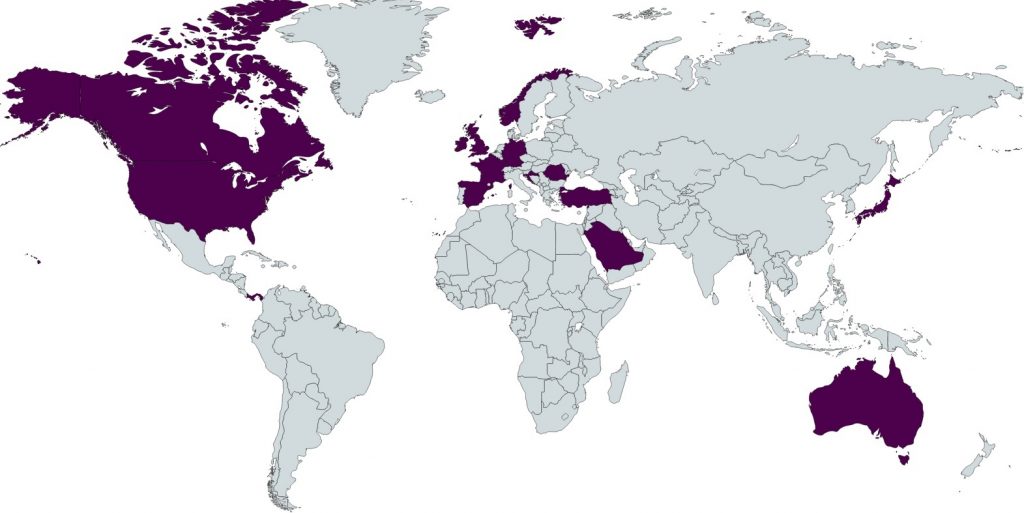
Join language learners around the world! Sign up for a free trial or find Transparent Language Online in a library near you to sign up for a free account.
*Data compiled from 5/5/15-5/5/16.

Build vocabulary, practice pronunciation, and more with Transparent Language Online. Available anytime, anywhere, on any device.





Comments:
Chris:
Hey, just as a free resource, jw.org has material available in.. I think the last count was around 800 languages. Whether you agree with the teachings or not, when it comes to reaching many languages, they’ve knocked it out of the park. There are printed materials, audio recordings, and videos available for language learners to use to increase their exposure to their target language. I found it helpful when learning Italian because I was able to download identical publications in both languages, and I enjoyed reading them side by side.